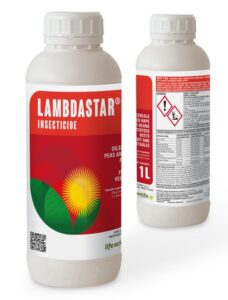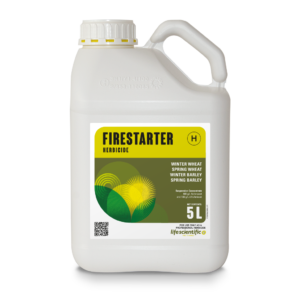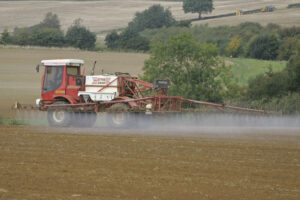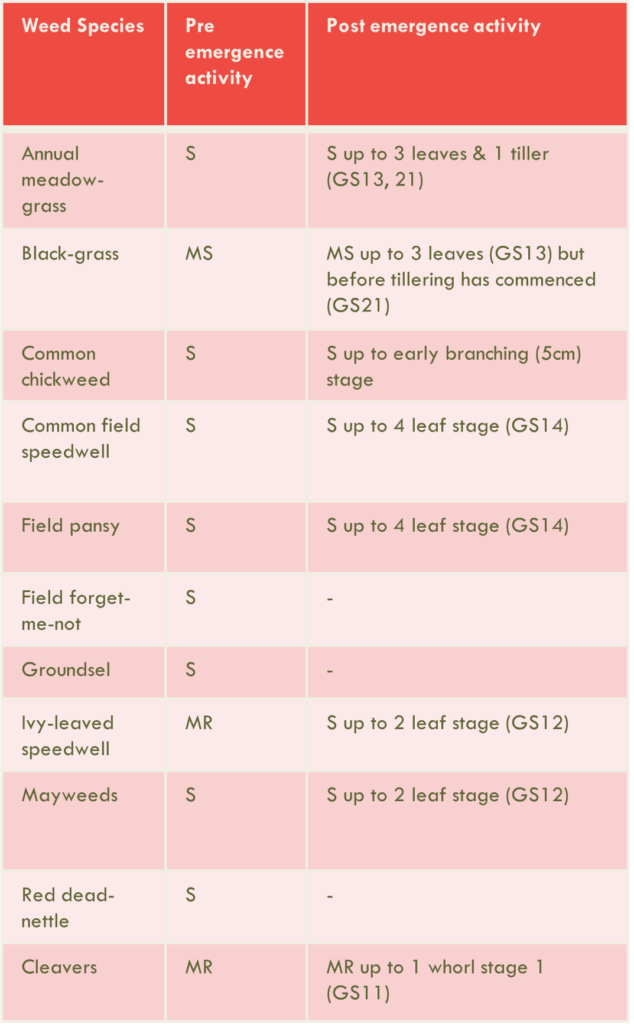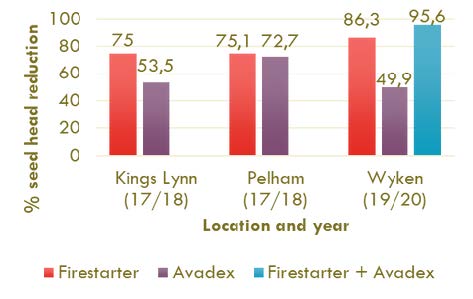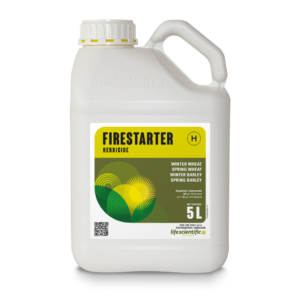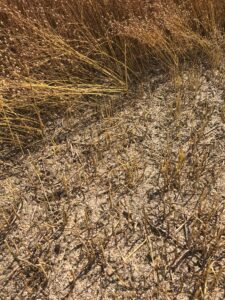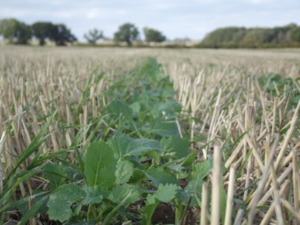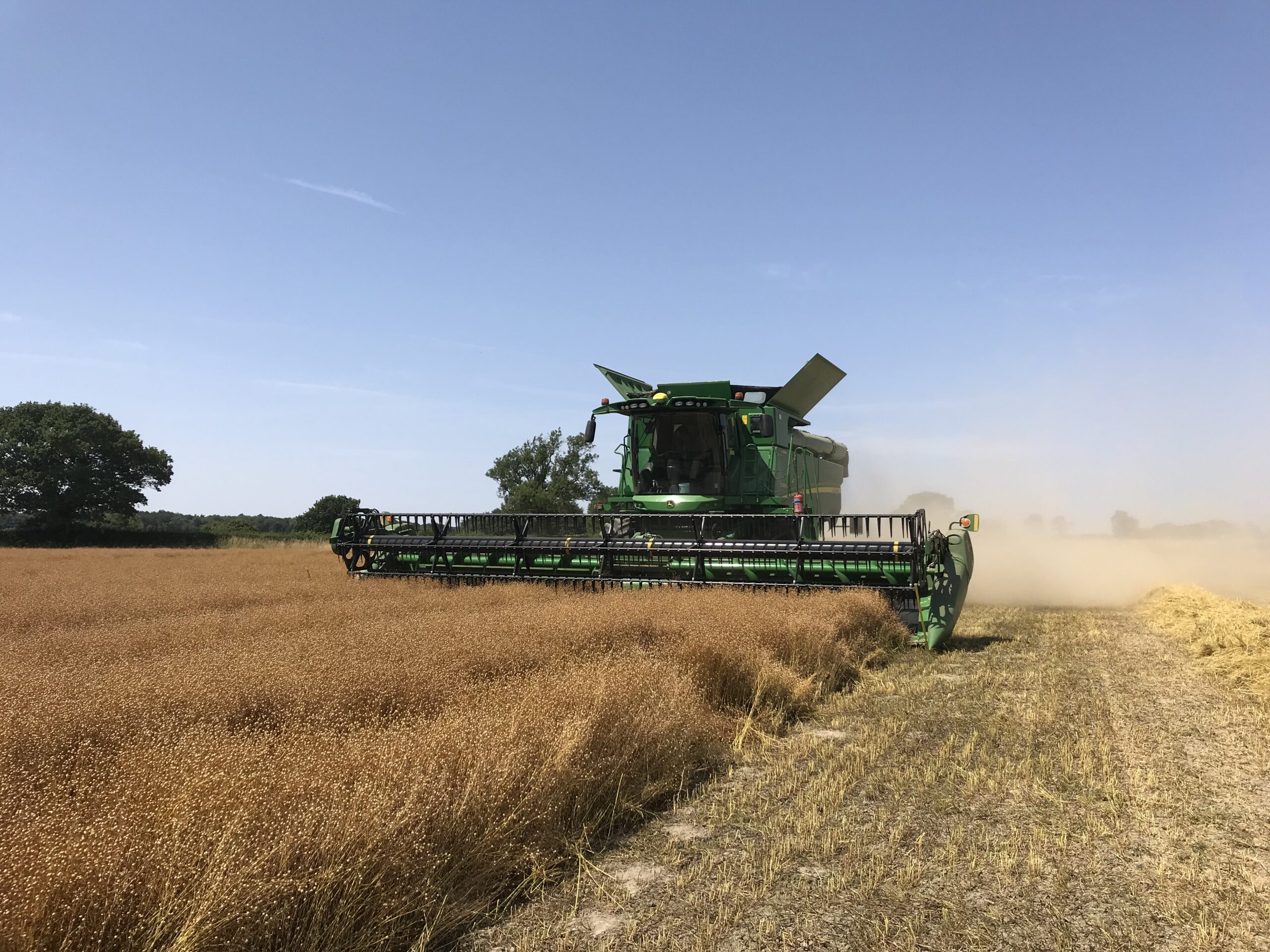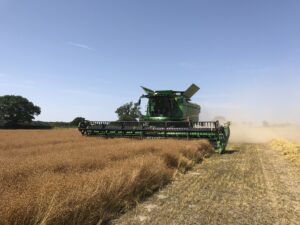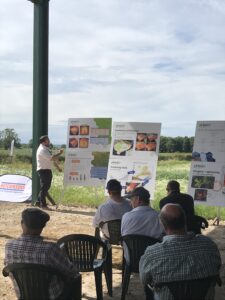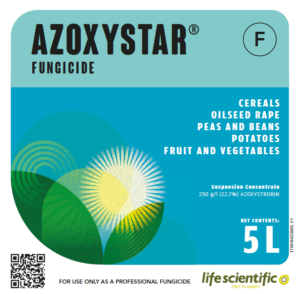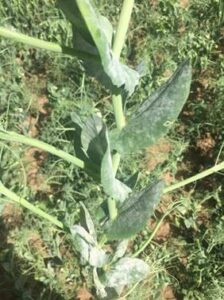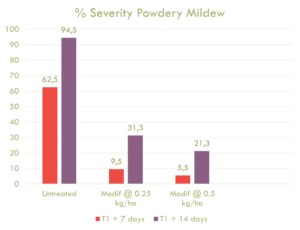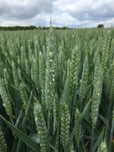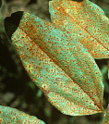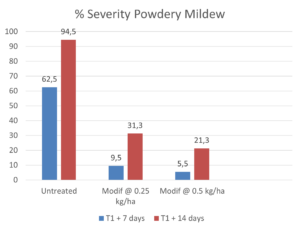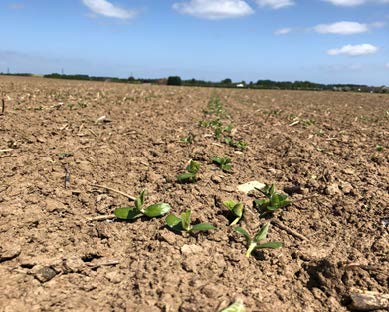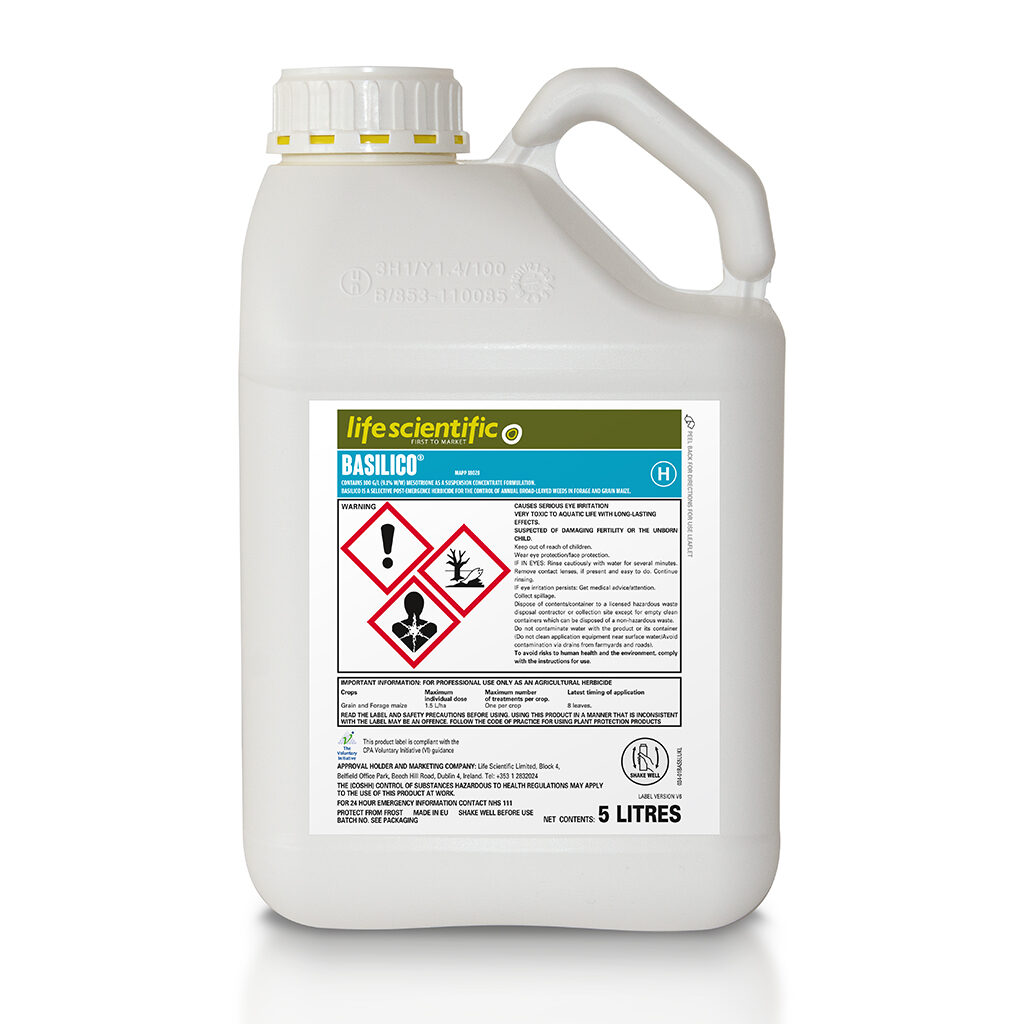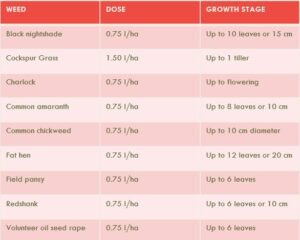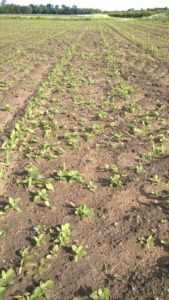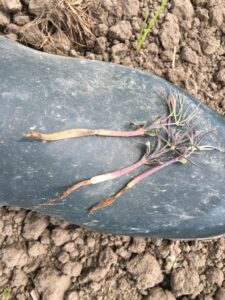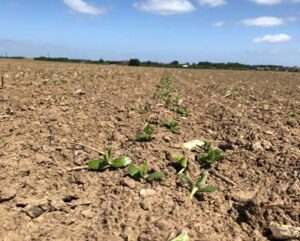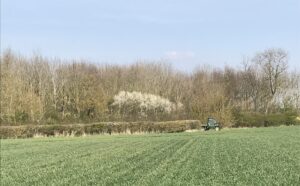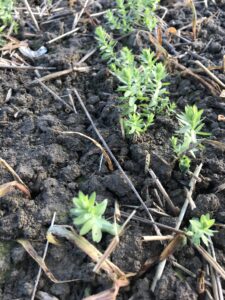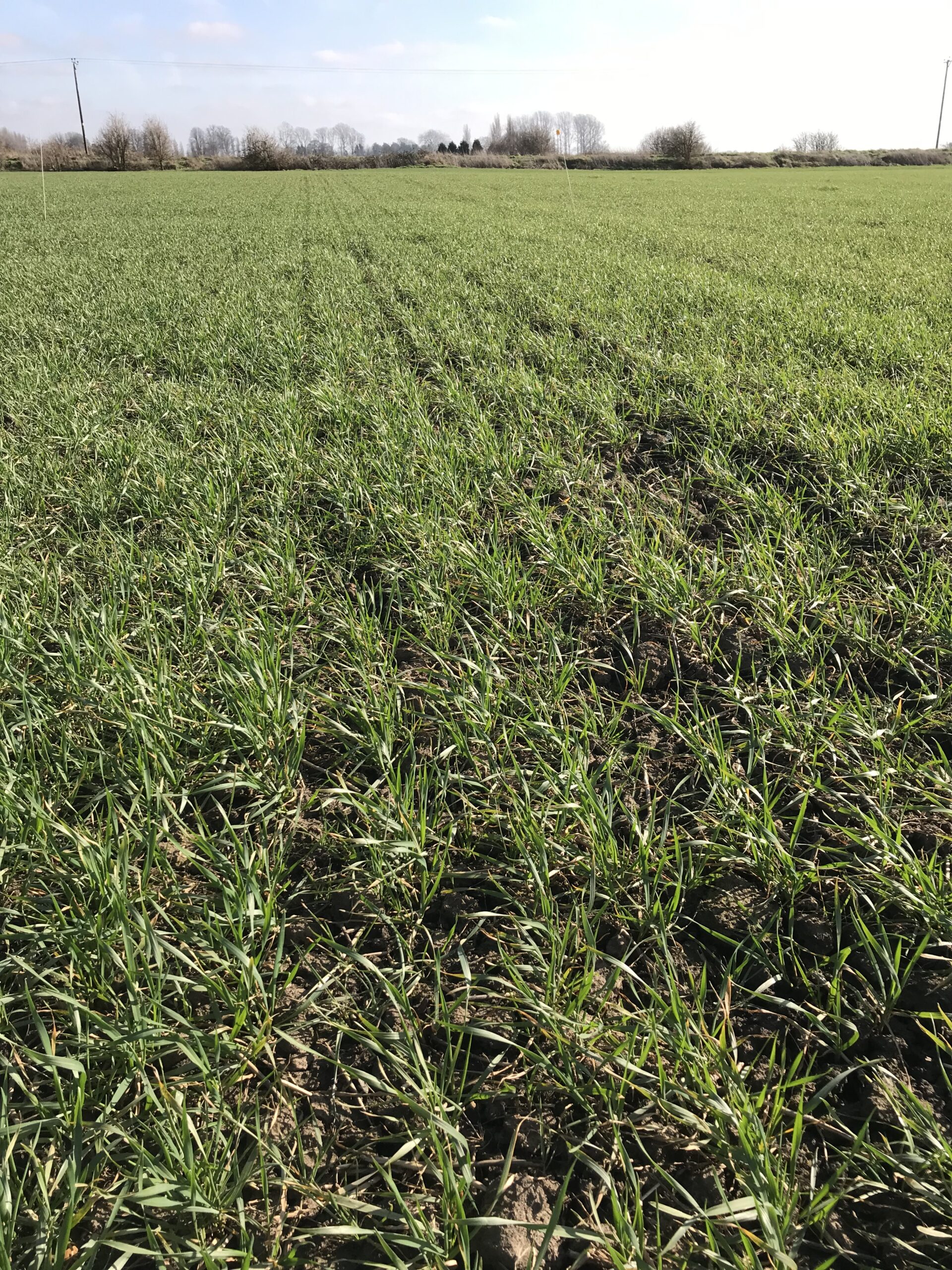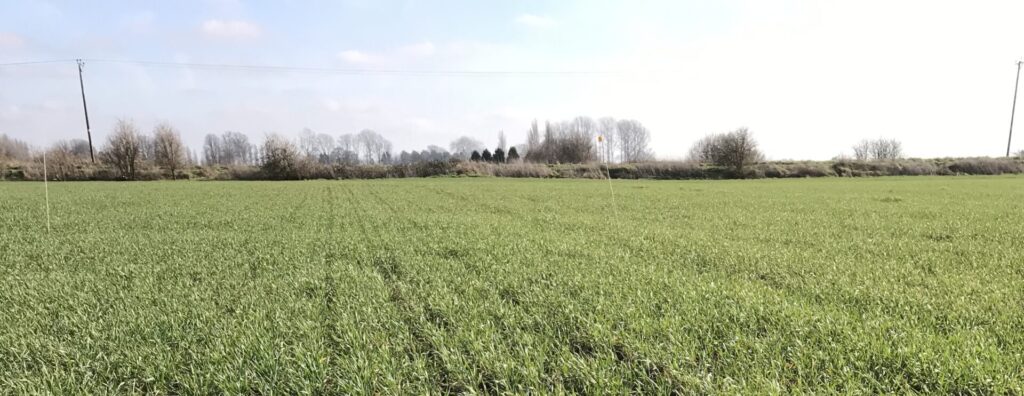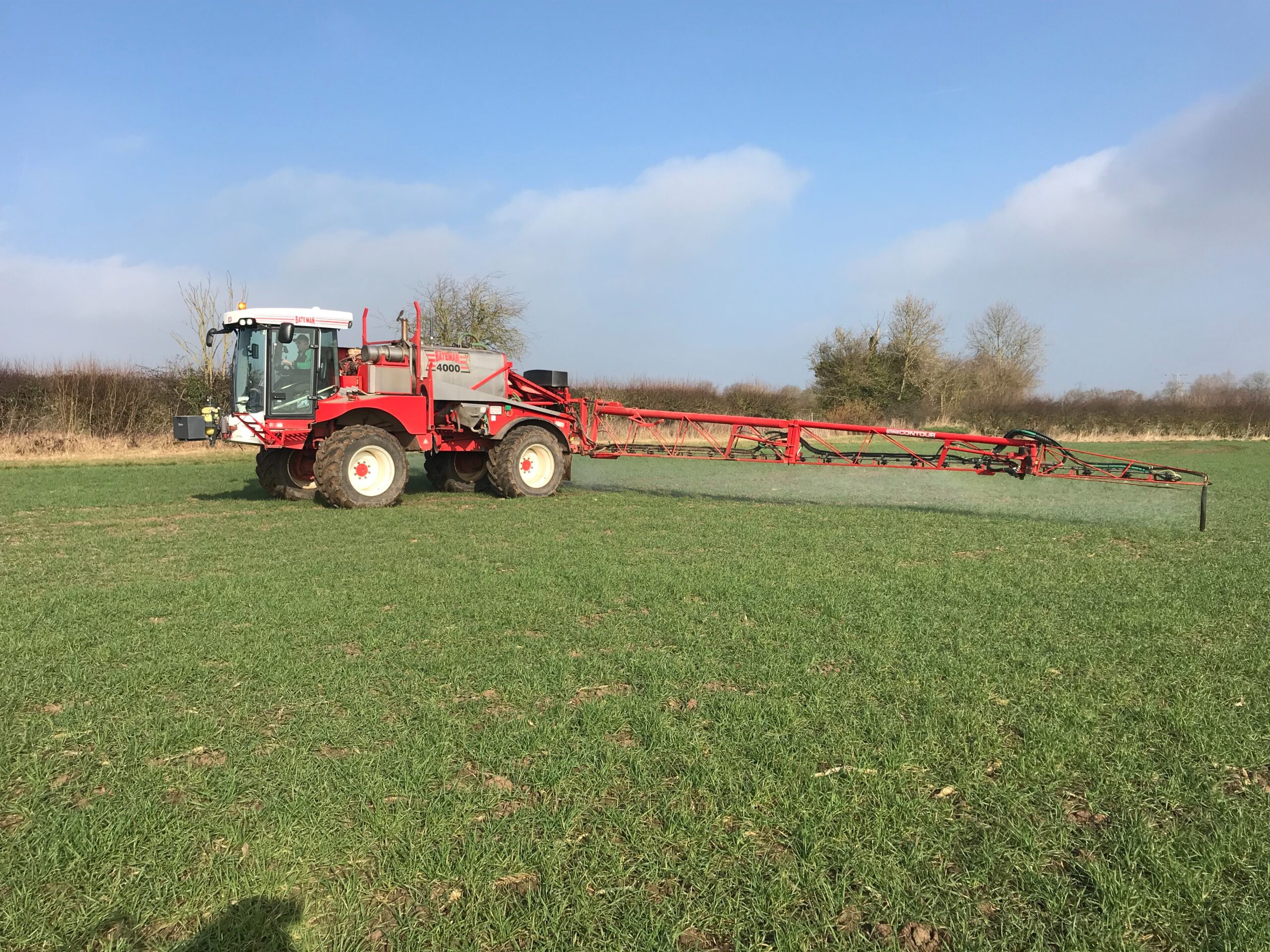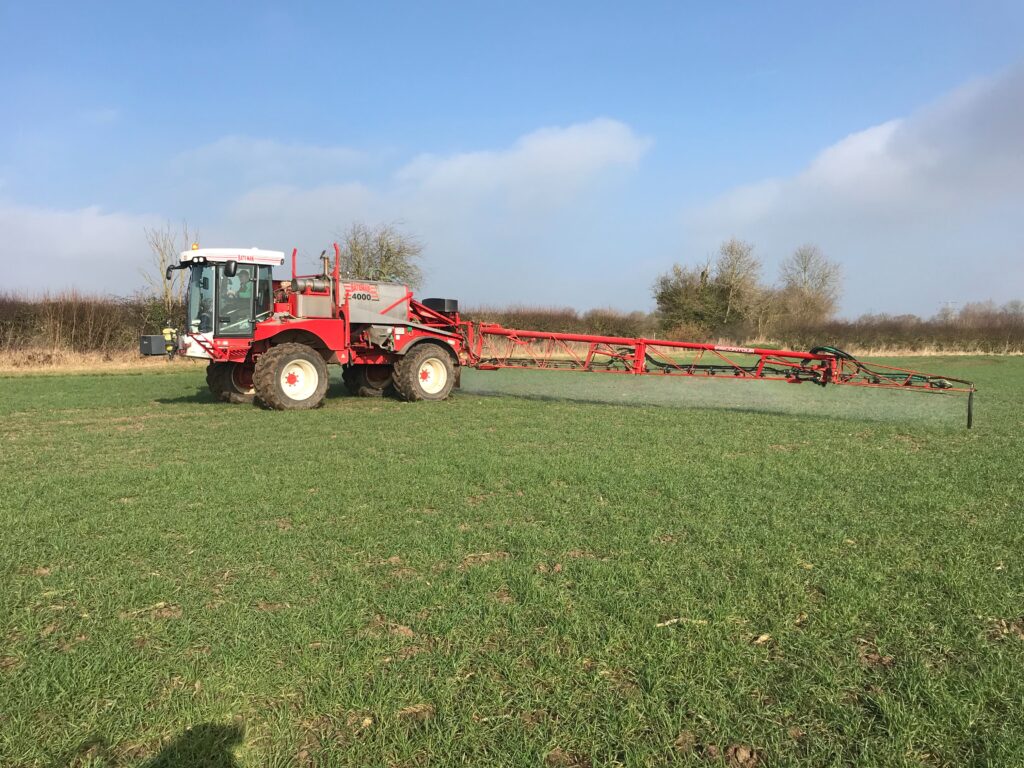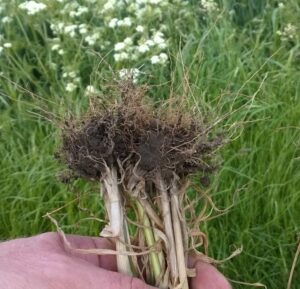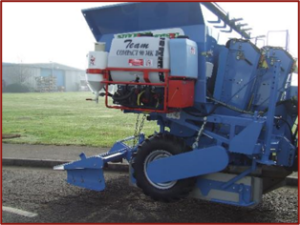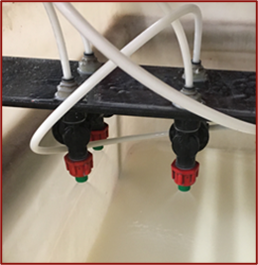Life in Life Scientific
November in Life Scientific Newsletter
We have another new approval for our product AZOXYSTAR (MAPP 17407). Azoxystar is a reverse engineered formulation of its reference product Amistar and contains 250g/l azoxystrobin. Azoxystar can already be used on a wide range of crops, however CRD have recently granted the following Extensions of Authorisation for Minor Use (EAMUs) for the product:
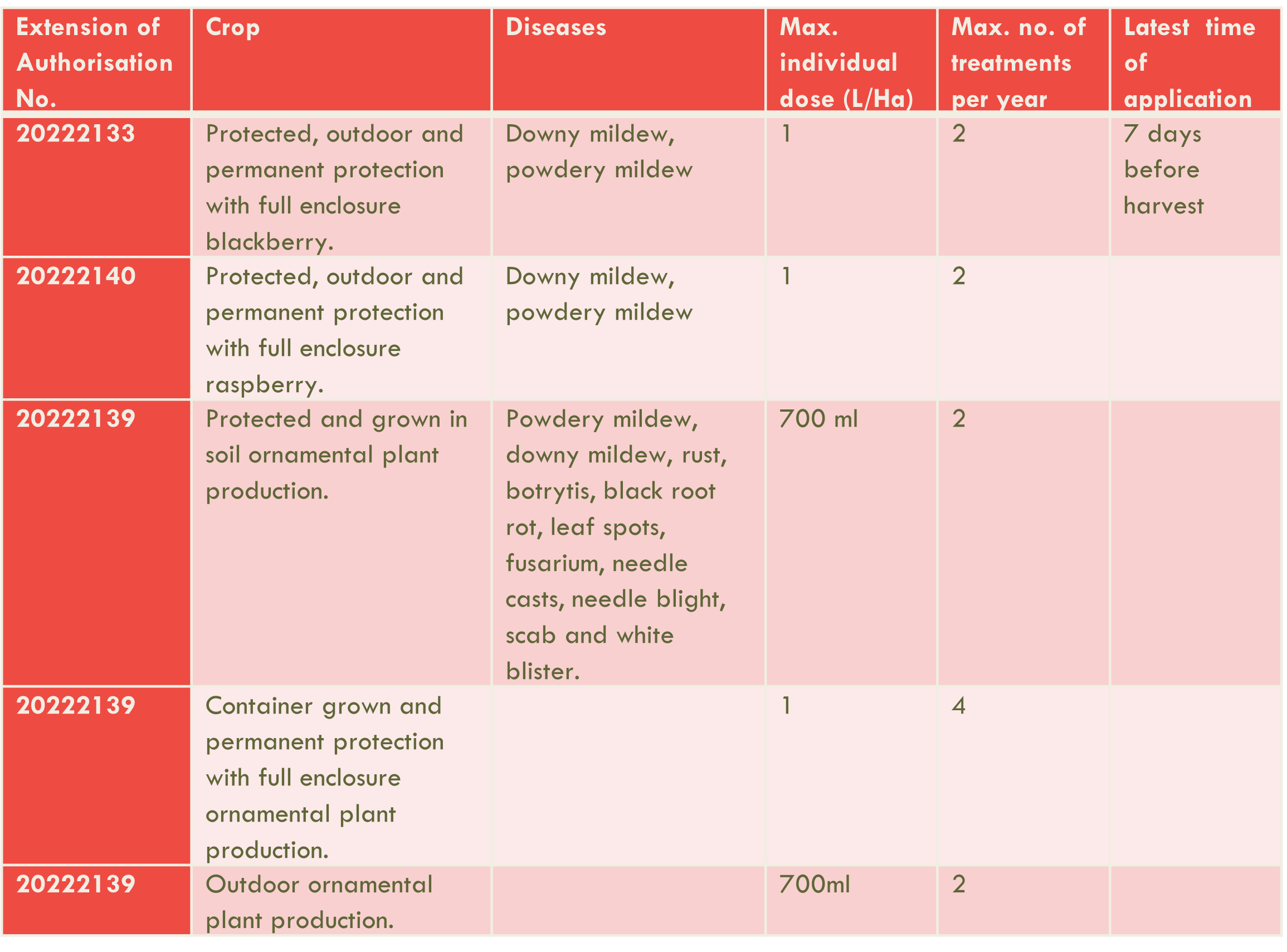
As with all EAMUs, neither the efficacy nor the phytotoxicity of the product for which this Extension of authorisation has been granted has been assessed and use is at the user’s risk.
For full details and specific use instructions, refer to the Authorisation Notice which is on the website.
Oilseed rape disease control
Now is the time to consider applying a fungicide to your oilseed rape, and to monitor if Phoma is above threshold in the crop.
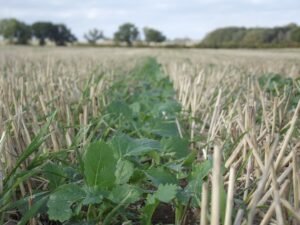
The two key autumn diseases, Phoma and Light Leaf Spot may require different strategies for control.
Phoma is actually caused by two closely related pathogens – Leptosphaeria maculans and Leptosphaeria iglobosahe, with the former showing as pale circular spots containing small black dots (p
ycnidia), whilst the latter shows as darker spots with fewer or no pycnidia.
The leaf spots do not cause much damage but the disease can move from the leaf to form stem cankers which reduce water and nutrient movement in the plant, resulting in premature senescence, lodging and yield loss from early infections up to 0.5T/Ha.
Fungicide application should be made when the crop reaches the disease threshold of 10-20% of plants with leaf spots (depending on the resistance rating of the variety) and the crop may need a repeat treatment. AHDB’s Phoma forecast suggests that some crops are already at threshold.
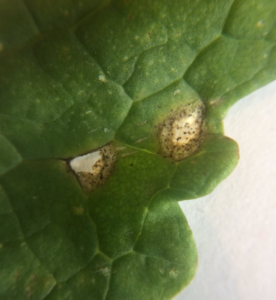
https://ahdb.org.uk/phoma-leaf-spot-forecast
Unlike Phoma, symptoms of Light Leaf Spot, caused by Pyrenopezizabrassicae, tend to appear later in the autumn as pale green patches with small white spots around the edge. Infections can lead to losses of 1T/Ha. AHDB’s Light Leaf Spot forecast shows higher predicted incidence of the disease further north but the disease can be present anywhere in the UK. If fungicide is required, based on variety and risk, application should be considered now, before symptoms are seen. However, this could be at the same time as a first or second phoma spray, so product choice is important.
This year’s oilseed rape crop was drilled into relatively dry seedbeds with significant threat of attack from Cabbage Stem Flea Beetle. As prices for the crop remain high, it is important to protect the crop from disease and develop as strong a plant as possible going into the winter.
Life Scientific has a range of products approved for autumn disease control in oilseed rape to use in your programmes.
DIFENOSTAR (containing difenoconazole) provides cost-effective control of phoma, without any growth regulation effects on the plant, which could be important this autumn.
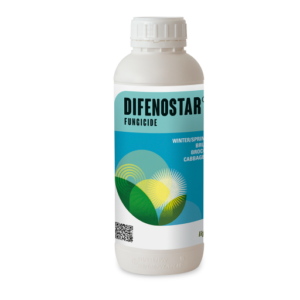
As a follow-up spray, AURELIA (containing prothioconazole) will give control of phoma and Light Leaf Spot.
Allternatively, ESKER or ORASO PRO (containing prothioconazole plus tebuconazole) will also give control of both diseases, whilst tebuconazole is known to have some growth regulation activity in the crop.
See the labels for dose rates and timings.
Aurelia, Esker, Oraso Pro and Difenostar.
BYDV
The warm dry autumn has meant that aphids can be easily found in a range of crops now, so the risk from Barley Yellow Dwarf Virus (BYDV) is expected to be high this year. BYDV is transmitted by cereal aphids, the principal species being Grain Aphid, the most important vector in the midlands and north, and Bird Cherry-Oat aphid which is most important in the south.
According to AHDB, the virus can cause yield losses of up to 60% in winter wheat and 50% in winter barley. An aphid will carry the disease for its entire life once it has acquired the virus by feeding on an infected plant. The virus is not passed to the aphid’s offspring so has to be ingested by the aphids feeding on infected plants. Warm dry conditions encourage aphid reproduction and movement in the crop, so increase the risk of greater infection.
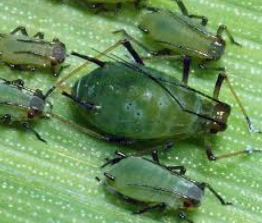
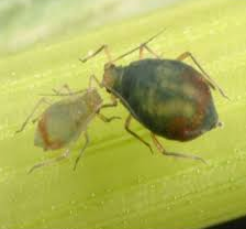
Crops are infected in the autumn, although symptoms do not appear until the spring, at which point it is too late for control. Significant infection occurs when second generation aphids feed and move out from the initial infection point. Infected plants grow slowly and the youngest leaves will start to discolour. Later in the season plants are stunted and yellow patches appear, distributed throughout the field.
Chemical control options are limited, so targeting aphids at the correct time is important. Agronomists and growers should check the crop carefully and use a monitoring tool which uses temperature to predict when the second generation will occur. AHDB report on regional monitoring sites for aphid activity and have details of the T-Sum monitoring tool on their website at https://ahdb.org.uk/bydv.
LAMBDASTAR contains 100g/l of lambda-cyhalothrin and is approved for use on winter wheat, winter barley, winter oats and durum wheat. It should be used at the full rate of 50ml/ha to control aphids and protect crops against BYDV.

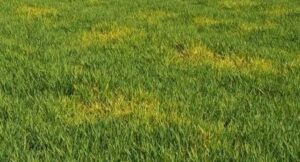

 After 18 months I moved into the regulatory side of the business and at the same time dabbled with quality part-time, but once I got a feel for regulatory, I knew that was where I wanted to be. From a regulatory perspective, I suppose one of the biggest changes that I have seen over the years is that although information is now at our fingertips via the internet, no more searching through publications for details of product authorisations, and thankfully we are now in a paper-free space, it is becoming increasingly difficult to have direct contact with regulatory authorities, albeit over phone or in person. COVID has also massively impacted this. The days of jumping on a plane to e.g. CRD are unfortunately becoming a thing of the past. There have been many highlights through the decades but definitely one that springs to mind is the move from a CRO to developing our products; there is no greater satisfaction than obtaining a product authorisation for Life Scientific.”
After 18 months I moved into the regulatory side of the business and at the same time dabbled with quality part-time, but once I got a feel for regulatory, I knew that was where I wanted to be. From a regulatory perspective, I suppose one of the biggest changes that I have seen over the years is that although information is now at our fingertips via the internet, no more searching through publications for details of product authorisations, and thankfully we are now in a paper-free space, it is becoming increasingly difficult to have direct contact with regulatory authorities, albeit over phone or in person. COVID has also massively impacted this. The days of jumping on a plane to e.g. CRD are unfortunately becoming a thing of the past. There have been many highlights through the decades but definitely one that springs to mind is the move from a CRO to developing our products; there is no greater satisfaction than obtaining a product authorisation for Life Scientific.”